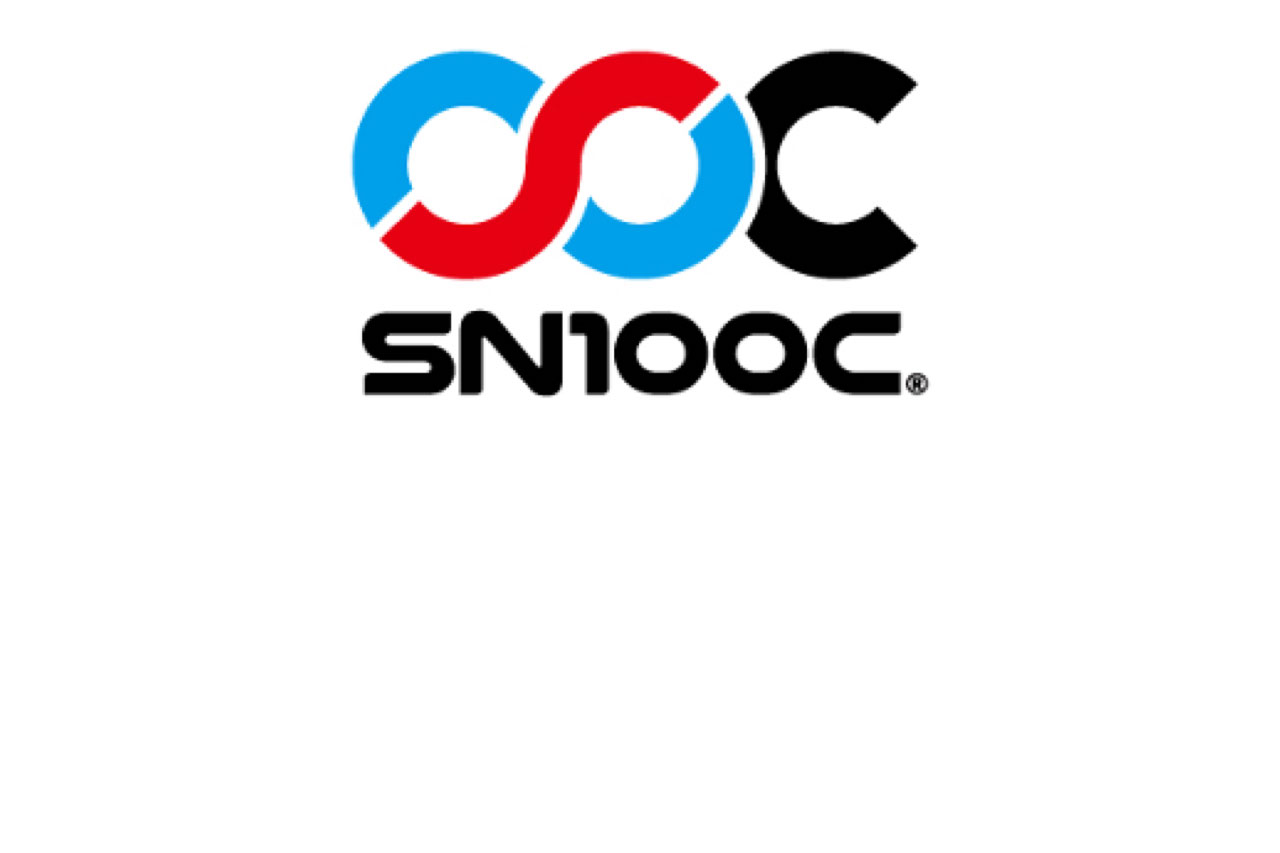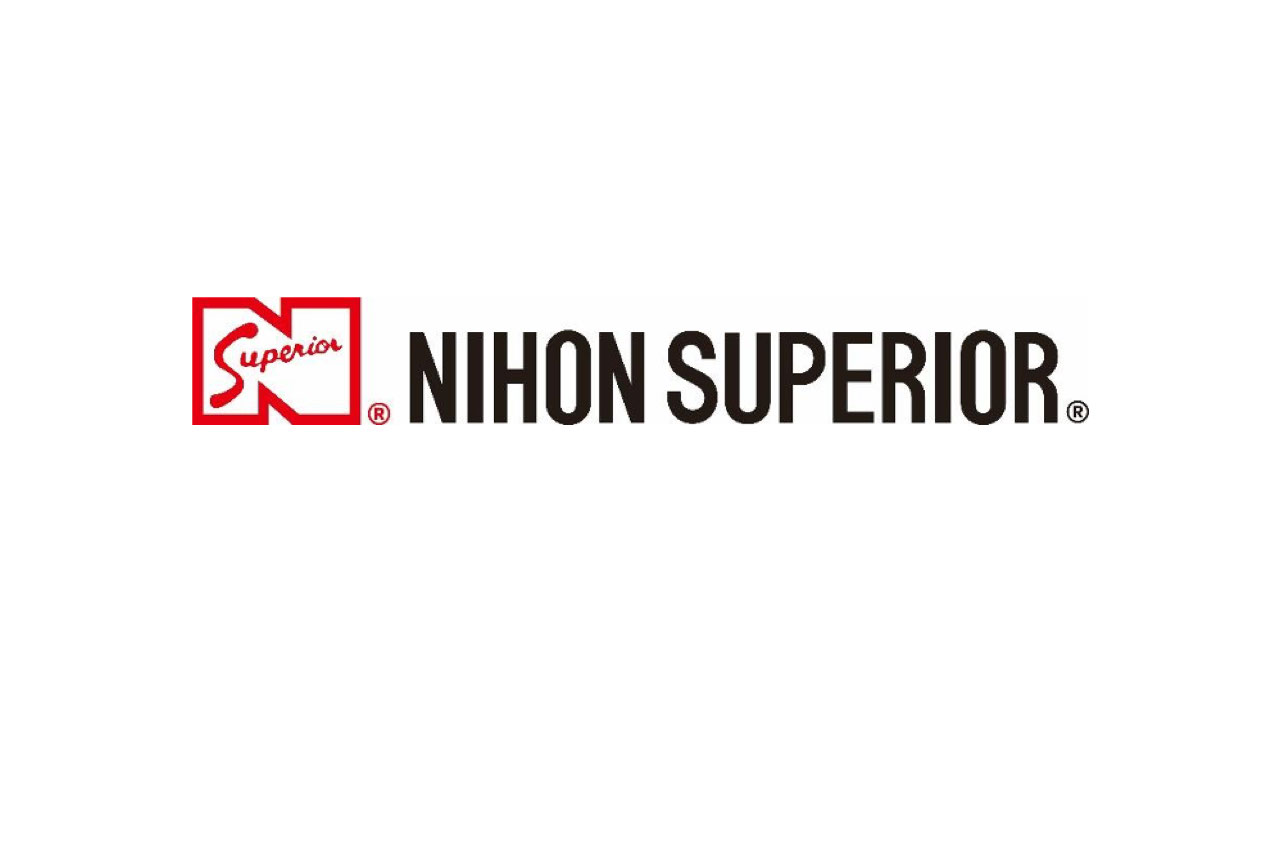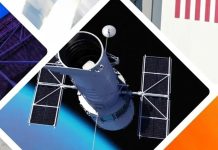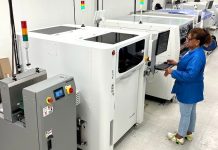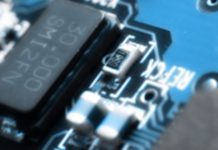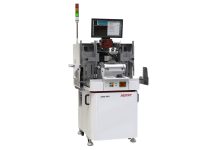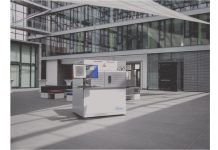With its rule-breaking wave solder alloy, SN100C, Nihon Superior Co., Ltd. earned global recognition as an innovator in lead-free solder formulation. The rule that SN100C broke was that you can’t make a Pb-free solder without a silver content that doubles the cost of the raw materials. Now Nihon Superior has broken that rule again with SN100CV, a reflow soldering alloy that can outperform SAC305 in reliability while being reflowable with the same thermal profile as SAC305.
The secret of the SN100CV is that it achieves its reliability and reflowability with a carefully targeted addition of cost-effective bismuth, while avoiding the susceptibility to impact loading associated with the presence of a brittle bismuth phase in the microstructure.
While the bismuth level is sufficient to bring the melting characteristics of SN100CV into a range that means it can be reflowed with the same profile as that used with SAC305, it is not so high that the limit of solid solubility is exceeded over the temperature range to which electronics assemblies are usually exposed. Therefore, performance in high strain rate loading is not compromised by the presence in the microstructure of a brittle bismuth phase.
For the creep resistance that delivers good performance in thermal cycling SAC alloys rely on the particle strengthening effect of the initially fine dispersion of closely spaced Ag3Sn particles, which acts as an obstacle to the movement of the dislocations on which deformation relies. The tin matrix in which those particles are dispersed is essentially pure tin with little resistance to the deformation that drives the fatigue cracking so that when those Ag3Sn particle coarsen and the interparticle spacing increased the resistance of the alloy to creep deformation is not much more than it would be if there were no Ag in the alloy.
By contrast the bismuth in solid solution in the tin phase of SN100CV, taking the place of some of the tin atoms in the crystal lattice, distorts the lattice planes to an extent that it creates an obstacle to dislocation movement as effective as the Ag3Sn particles in SAC alloys. The difference is that effectiveness of the bismuth as a solid solution strengthener does not change over time. The alloy is as resistant to creep deformation after 1000 hours as it was when freshly reflowed.
When combined with a completely halogen-free flux medium, P608, that can match the performance of halogen activated flux media, SN100CV delivers a cost-efficient, high yield assembly in a profile with a peak temperature under 240°C and reliability.
